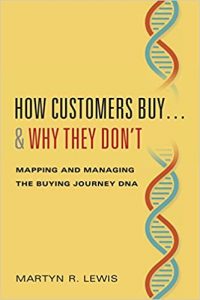Review of Girls With Dreams: Inspiring Girls to Code and Create in the New Generation
Required Legal Disclaimer: I received a free copy of Girls With Dreams for my review.
Little girls like STEM. If left on their own, they’ll probably be turning over those rocks to see the bugs underneath right along with the boys their age. However, very few women go into STEM careers or, if they do, they often don’t last very long. Why? Natasha Ravinand does a fair job of answering that question in her new book, Girls With Dreams: Inspiring Girls to Code and Create in the New Generation.
In this book, she looks at the obstacles that girls and women face when choosing a career. Society still puts a lot of obstacles in the path of girls who are interested in STEM topics and sends the message that girls are less capable than boys in these fields purely because they are girls. Essentially, the message in Hidden Figures — that math and programming are suitable fields for women, especially if they have the courage to stand up against systemic bigotry and masochistic attitudes — has not truly sank into society’s collective mentality.
It’s obvious that Ravinand has clearly done her research on this topic and proposes many solutions to the problem that may be practical if some voices in the feminine movement become more willing to believe in the capabilities of girls and young women. Unlike some who say that the curriculum should be “dumbed down” to suit women, the author makes the case that girls should be taught to believe in their own capabilities and included more in science classes, robotics clubs, and programming competitions. Their ideas should be welcomed and seriously discussed instead of arbitrarily dismissed with no more of a valid reason that the common attitude of, “She’s a girl, what does she know.”
If I had to make a nitpick, it’s that Ravinand doesn’t make very many points that shouldn’t be obvious to any woman who has tried to take an active role in any activity that involves STEM only to be told that she just isn’t good enough. Even if women do get promoted, their position is seen purely as a statistic meant to make the company look good, not that getting promoted into a management position would necessarily be a bad thing if it means that the female manager can hire more women and have more of a hand in ensuring that women in the workplace are treated as equals whose ideas are valued. So, generally, what needs to be done should be obvious. It’s just that employers and educators aren’t doing it.
Ravinand does do a good job at lending the credibility of a researcher who has spent years studying this topic, though. This book should be required reading for both educators and employers who want to make the topic of women in STEM more than just a dry statistic. Lots of girls are interested in STEM, but they are more likely to remain in STEM if they feel like society values their contributions and they’re being heard as equals.









